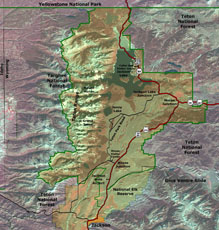

| This travelogue is one family's experience in Yellowstone. To see a photo in a 1024 x 681 size, just click on it. We hope you enjoy the record of our journey, and that you get to experience your own. Note: Stock photos of these and many other images with reproduction rights are available in their original 3008 x 2000 size. We also have a screen saver. Click here for more information. | |
| On our wildlife safari to Grand Teton National Park, we encountered numerous wildlife, including a bear, a moose, pronghorn sheep, and the unforgettable encounter as an eagle chased and osprey for food. Our guide, Taylor Phillips of Jackson Hole EcoTour Adventures, expanded the trip substantially by also spending a lot of time on the flora as well during several short hikes through local forests and meadows. For example, do you know the difference between fir and spruce trees? Fir trees have soft needles that are flat, so they do not spin when twirled between two fingers, while spruce trees have prickly-feeling needles that are square, so they will spin when twirled. In the picture to the right, Taylor is explaining some details about an aspen tree. |
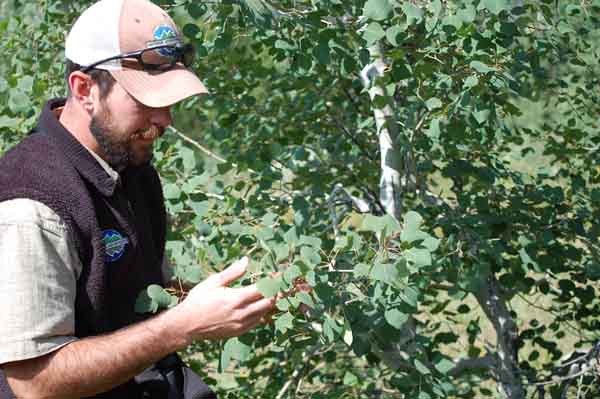
|
| One of the more interesting stories is how the bark beetle infests pine trees, like fir and spruce. Here's a tree that has died because of the infestation, which causes the tree's sap to leech out and coagulate, which can be seen here. What makes the story interesting is that the tree substantially increases its production of pine cones as it is dying, and the pine cones stay living for years after the tree finally dies. Literally, with its dying gasps, the tree increases its chances of being regenerated. |
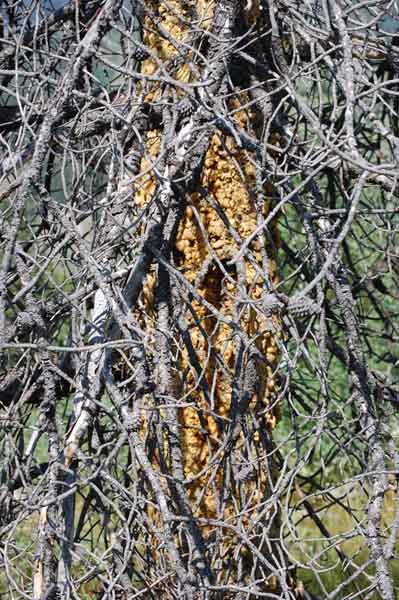
|
| This is a tree that is infested with bark beetles and is dying. You can see its pine needles starting to dry out, but you can also see how the tree has increased its production of pine cones as well. |
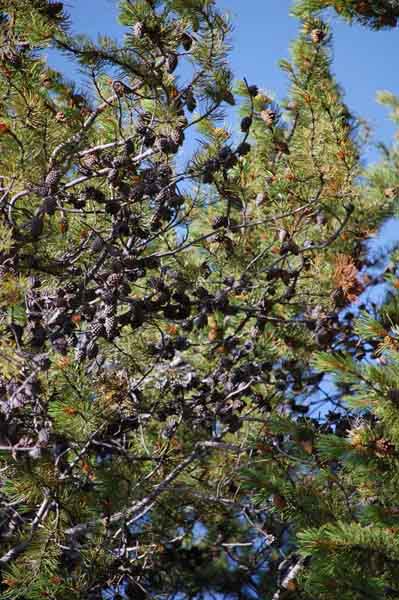
|
| While wild flowers grow throughout the Spring and Summer, they are most prevalent in the cooler months of May, June, and early July. We were visiting in early August, so we didn't get the full glory of the wild flowers growing in the meadows and forests, but we still had a colorful display. This close-up picture gives you an idea of how pretty the flowers are. |
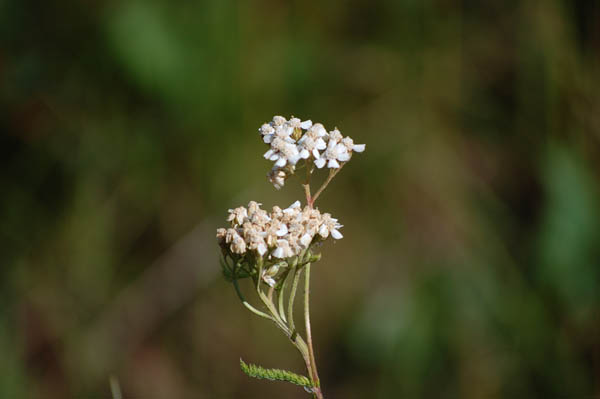
|
| Here's another close-up of one of the wild flowers growing in the park. |
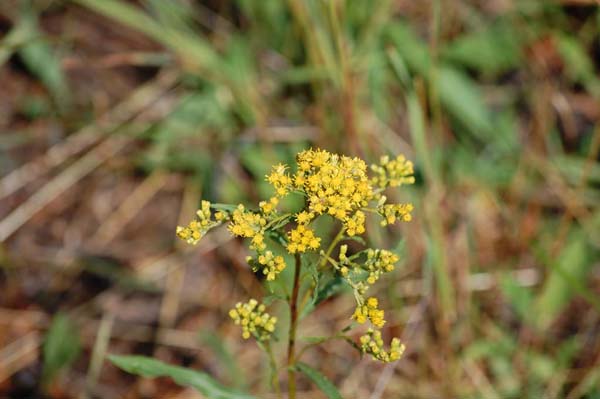
|
| This is a shot of the top of a sage bush, which is very prevalent throughout both Grand Teton and Yellowstone parks. Sage has a strong, but pleasant odor, and was frequently used by cowboys to improve their personal hygiene during long stints out in the countryside where they couldn't take a bath or shower. |
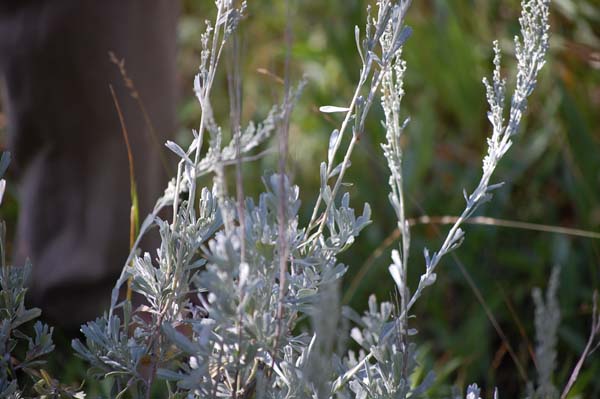
|
| Here's another wild flower that adds to the color in the forests and meadows. |
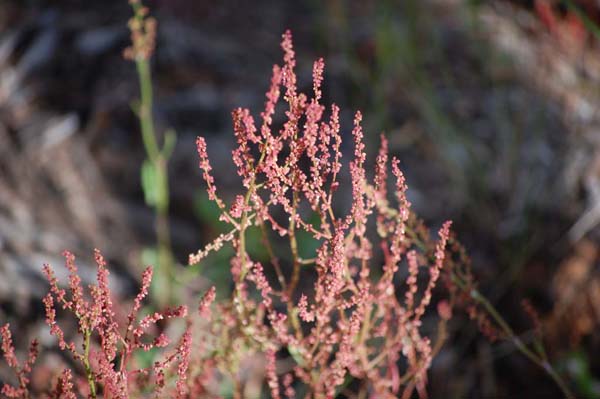
|
| In addition to the flowers, a wide variety of berries grow in the local forests and meadows as well. Here's a soap berry, which the local animals avoid because it doesn't taste very good as its name suggests |
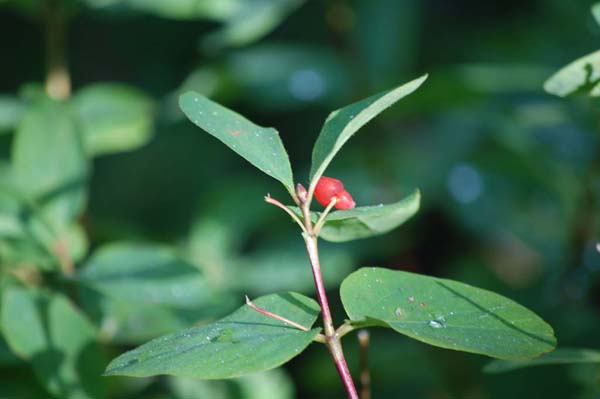
|
| In contrast to the soap berry, the huckleberry is one of favorites of bears and other mammals, including people. Because we were with a guide who knew which berries were edible, we had a nice snack of a both huckleberries and blueberries (not pictured, but they were very tasty). |
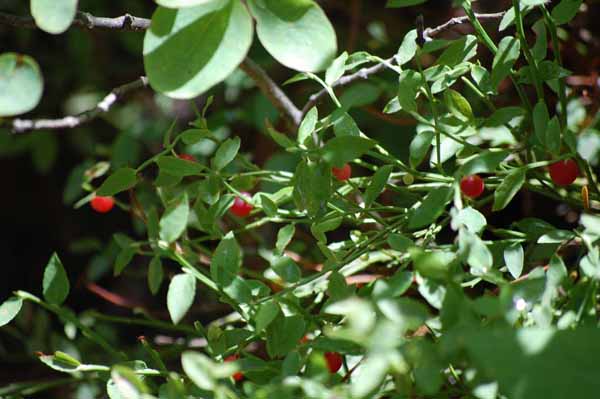
|
| The wild flowers were a feast for our eyes. Here's shots of several different types of flowers. |
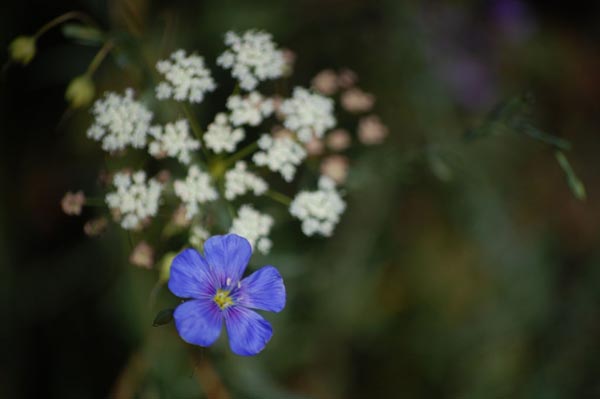
|
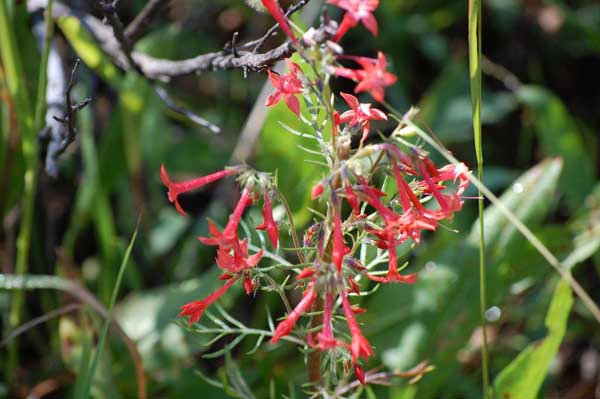
|
|
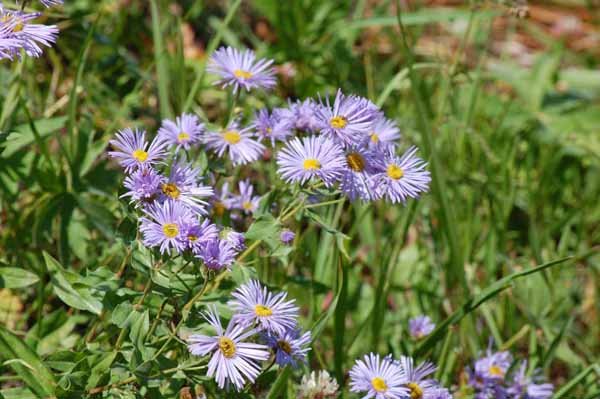
|
|
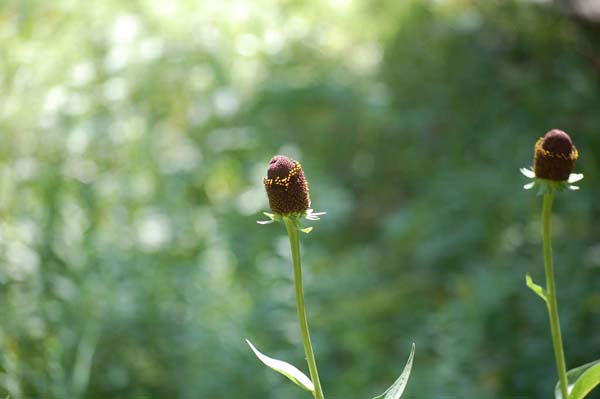
|
|
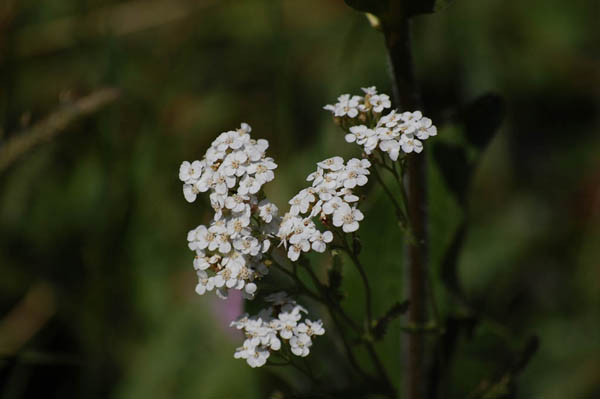
|
|
| As any photographer knows, shooting insects can be one of the more complicated types of photography, especially if you're not dedicating your day to insects. Here's one shot of a colorful little guy that I came across. |
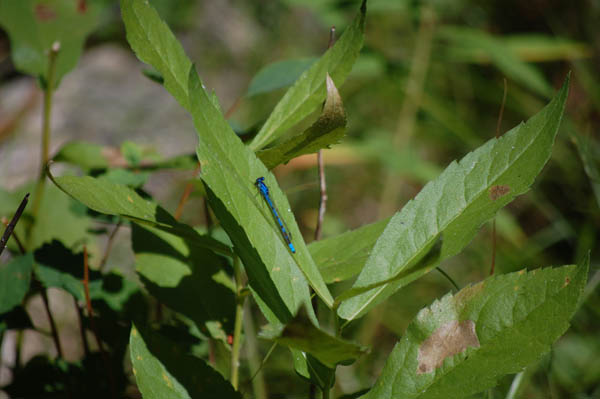
|
| Click here to tour the Snake River.> |